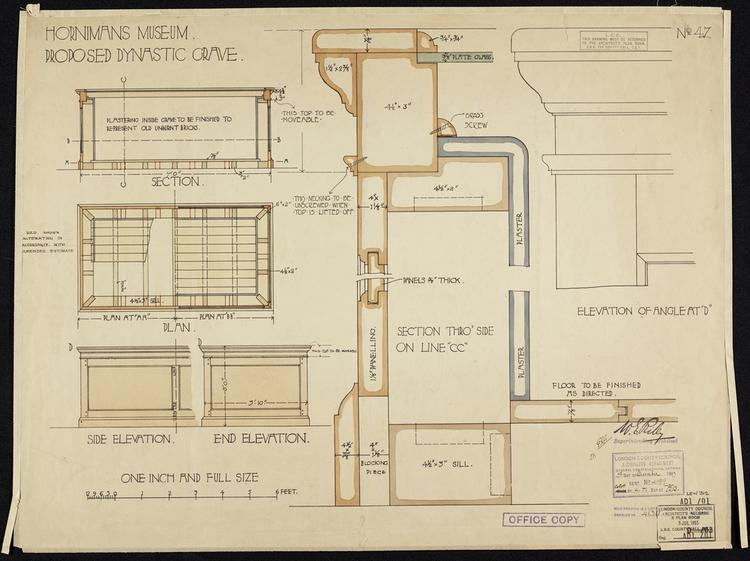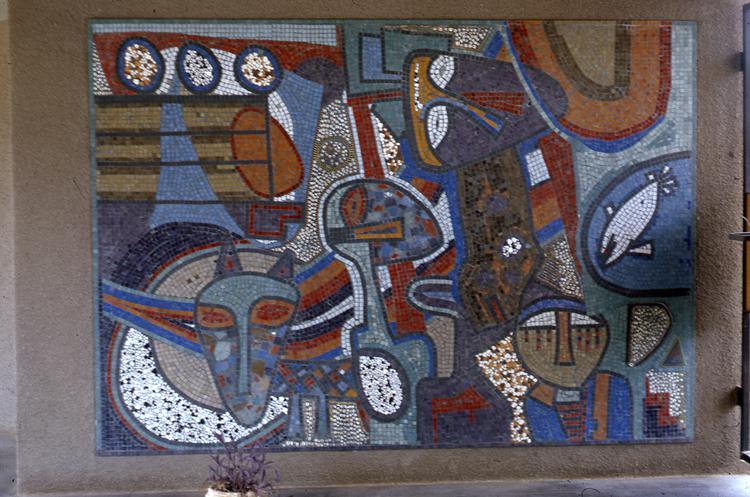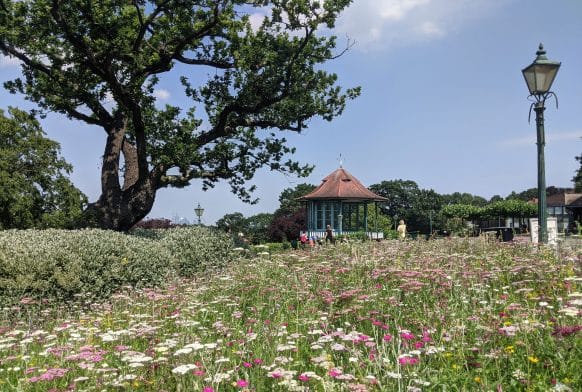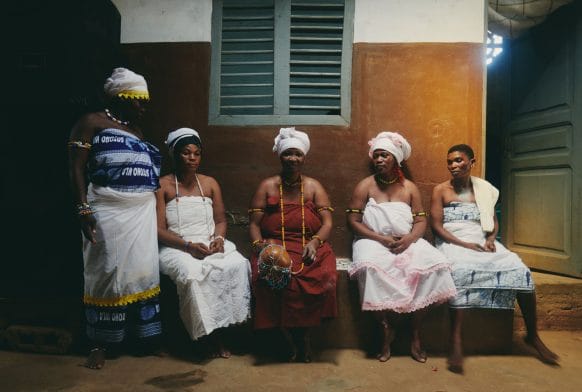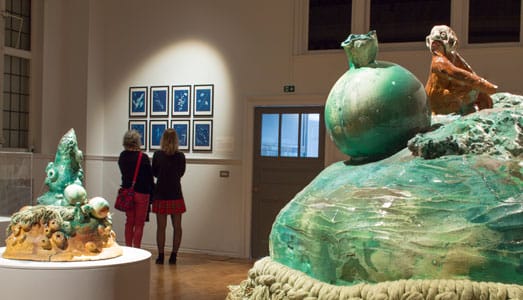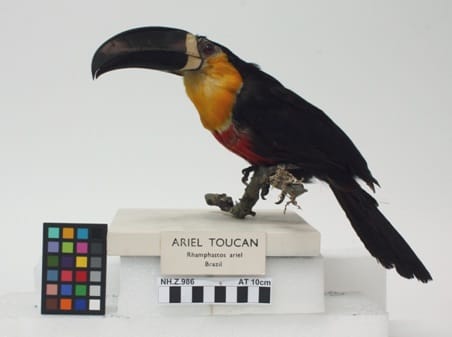
One newspaper article about the great variety of pipes and similar objects to be admired at the Horniman Museum. Most of these objects were to be admired, at the time of the article, in the ethnographical and the long room sections of the Museum.
In F. J. Horniman’s collection there are a number of English pipes made out of clay during the reign of Queen Elisabeth, at a time when tobacco was extremely expensive. Also, there are last-century metallic stoppers of the most amusing form: for instance, a satirical piece shows a head with a tiara on one side and a cardinal on the other side; when turned around, the head with the tiara becomes a devil, and the cardinal becomes the fool. Many of the skilfully decorated German and Austrian porcelain pipes were once part of a well-known collection belonging to the late William Bragge, whose collection comprised of more than 5,000 pipes from all over the world. One beautiful enamelled French piece with an eagle in relief is believed to have belonged to Napoleon III.
The oriental pieces are equally impressive. There are Arabic, Turkish, Indian and Persian chibooks, hookas, and narghile; there are opium pipes and the corresponding paraphernalia from China and Japan; African pipes; and even the calumet, the pipe-of-peace of the Native Americans, made of red stone. Curious black stone pipes from North Pacific surprise the visitors through the eccentric arrangement of figures and animals, while the wood human-head shaped pipe from Patagonia is sure to leave an impression.
The article is signed with the initials C. P. I., and dated 18th of November 1892.



